Collagen, why is it important?
Eggs have lots of Collagen
Collagen is the most plentiful protein in our body. It is found in our muscles, bones, tendons, ligaments, organs, blood vessels, skin, intestinal lining and other connective tissues. Our bodies make collagen, but as we age, our ability of create collagen decreases. This decrease may contribute to wrinkles and thinning skin, stiffer, less flexible tendons and ligaments, weakening muscles, joint pain or osteoarthritis due to worn cartilage. Gastrointestinal problems may also be caused by low collagen levels due to thinning of the lining in your digestive tract. Aside from aging, the top reason people aren’t able to produce adequate amounts of collagen is a result of poor diet. Your body isn’t able to produce collagen if it doesn’t have the necessary elements to make it.
We can consume foods that provide us with sources of collagen such as bone broth or collagen supplements in powdered form. But there is another tactic to boosting our collagen levels naturally by eating foods that help our bodies produce collagen. These foods don’t contain the protein itself, but they deliver nutrients your body needs to make collagen.
Our bodies make collagen by combining amino acids to for a new protein. When we eat protein-rich foods, such as beef, chicken, fish, beans, eggs and dairy products we provide our bodies with the foundation to build collagen. The production process also requires vitamin C, zinc and copper. Citrus fruits, red and green peppers, tomatoes, broccoli and greens are all excellent sources of vitamin C. Sources of zinc and copper are found in meat, shellfish, nuts, whole grains and beans.
Find out more about the many benefits of collagen and your body here. https://www.mindbodygreen.com/0-20060/5-foods-to-naturally-build-collagen-for-glowing-youthful-skin.html
by Denise Boyd Holistic Registered Nutritionist and Comprehensive Pilates Instructor

